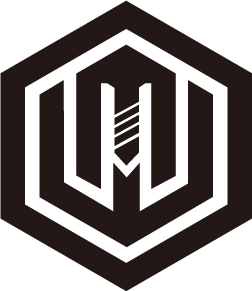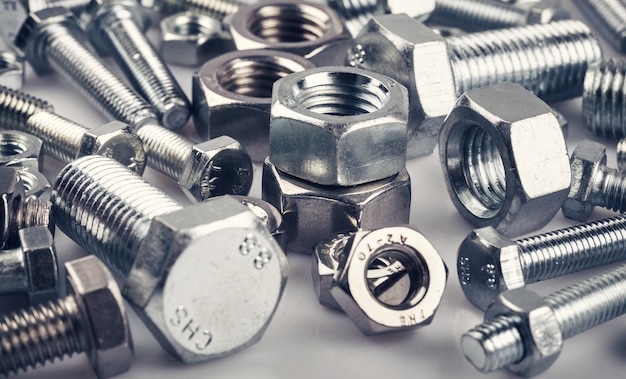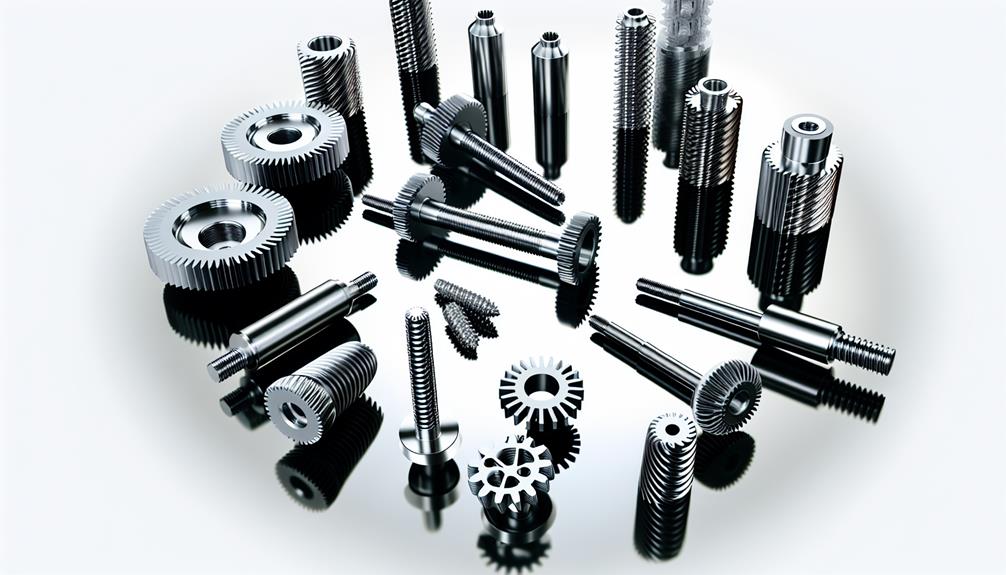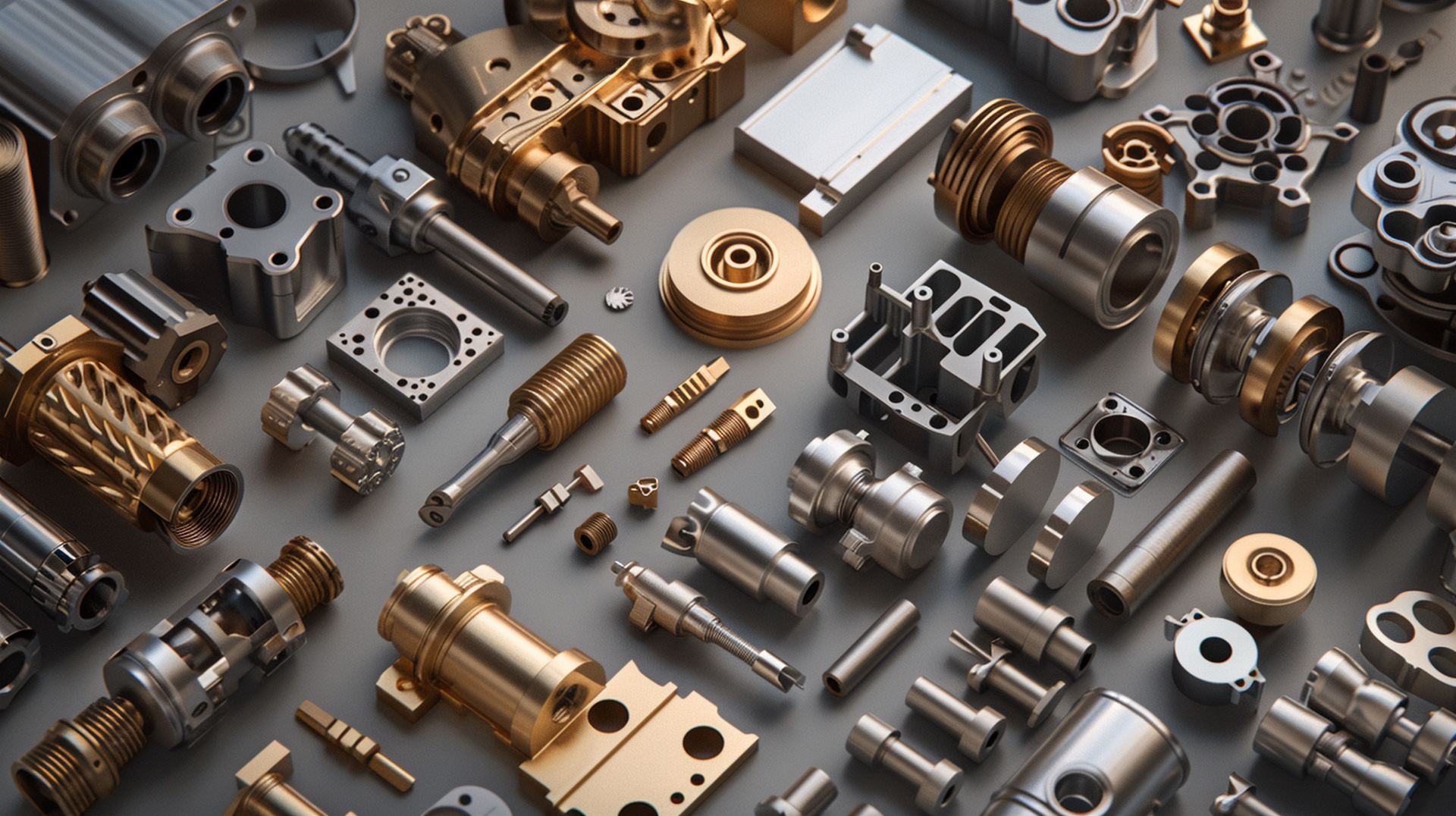Why Bolt Prices Are Higher
In the realm of industrial goods, bolts serve as vital components for various applications. However, their prices often exceed expectations, arousing curiosity about the underlying factors.
This article aims to explore the multifaceted determinants that contribute to higher bolt prices. By examining market dynamics, raw material costs, manufacturing processes, quality standards and certifications, as well as distribution and transportation expenses, a comprehensive understanding can be achieved regarding the reasons behind these elevated price levels.
Key Takeaways
- Fluctuations in raw material prices, especially steel, aluminum, and brass, significantly impact bolt prices.
- The complexity of design, precision requirements, material waste, and energy consumption during manufacturing processes affect the cost of bolts.
- The implementation and maintenance of quality standards and certifications add to the expenses of producing bolts.
- Distribution and transportation costs, including distance, mode of transportation, packaging requirements, and market demand, contribute to the higher prices of bolts.
1. Factors Affecting Bolt Prices
One of the factors influencing bolt prices is the cost of raw materials used in their production. The price of bolts is closely tied to the cost of acquiring and processing the necessary raw materials, such as steel or aluminum. Fluctuations in the prices of these raw materials can have a direct impact on bolt prices. When the cost of raw materials increases, manufacturers are often forced to pass on these additional expenses to consumers through higher prices for bolts.
Additionally, other factors that affect bolt prices include manufacturing and labor costs. The process of producing bolts involves various stages, including cutting, threading, and coating. Each stage incurs costs related to machinery, energy consumption, and skilled labor. These costs are then factored into determining the final price of bolts.
Furthermore, market demand and supply dynamics play a crucial role in determining bolt prices. If there is an increase in demand for bolts due to construction projects or industrial growth, it can lead to higher prices. Conversely, if there is an oversupply or low demand for bolts in the market, manufacturers may lower their prices to stimulate sales.
2. Market Demand and Supply Dynamics
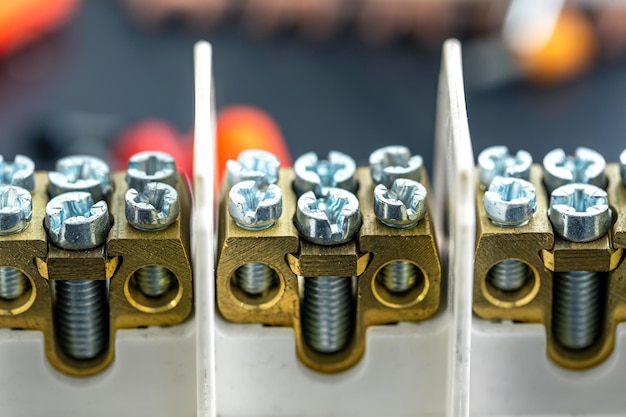
Market demand and supply dynamics play a crucial role in determining the prevailing cost of bolts. These dynamics are influenced by various factors, including:
- Economic conditions: Changes in the overall economy can affect both the demand for bolts and the availability of raw materials, thereby impacting their prices.
- Industry trends: Technological advancements and changes in construction practices can lead to shifts in the demand for specific types of bolts, affecting their costs.
- Competition: The presence of multiple suppliers vying for customers can create price competition, driving down bolt prices. Conversely, limited competition may lead to higher prices.
- Global trade: International trade policies and agreements can influence the availability of bolts from different regions, which may impact their costs.
- Market expectations: Speculation about future demand or supply shortages can drive up or decrease bolt prices.
Understanding these market dynamics is essential for businesses and consumers who rely on bolts. However, it is important to note that another significant factor influencing bolt prices is the influence of raw material costs.
3. Influence of Raw Material Costs
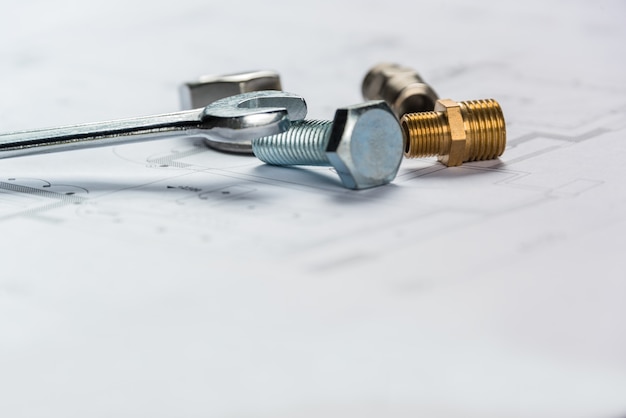
The cost of bolts is significantly influenced by the fluctuations in the prices of raw materials used in their production. Raw materials such as steel, aluminum, and brass are essential components in bolt manufacturing. The prices of these raw materials can vary due to various factors including global demand and supply dynamics, geopolitical events, and changes in trade policies. When the prices of these raw materials increase, it directly impacts the cost of producing bolts.
Steel, one of the primary raw materials used in bolt manufacturing, is subject to price fluctuations based on market conditions. Factors such as changes in global steel production capacity, tariffs on imported steel, and shifts in demand from other industries can all affect its price. Similarly, aluminum and brass prices can also be influenced by similar factors.
As a result of these fluctuations in raw material costs, manufacturers often have to adjust their pricing strategies to maintain profitability. They may pass on some or all of the increased costs to customers through higher bolt prices or explore alternative sourcing options for lower-cost raw materials.
In addition to raw material costs, the impact of manufacturing processes further contributes to higher bolt prices. This includes expenses related to labor wages, energy consumption during production processes, overhead costs associated with quality control measures and certifications. Understanding how both raw material costs and manufacturing processes influence bolt prices provides valuable insights into why they are higher than expected.
4. Impact of Manufacturing Processes
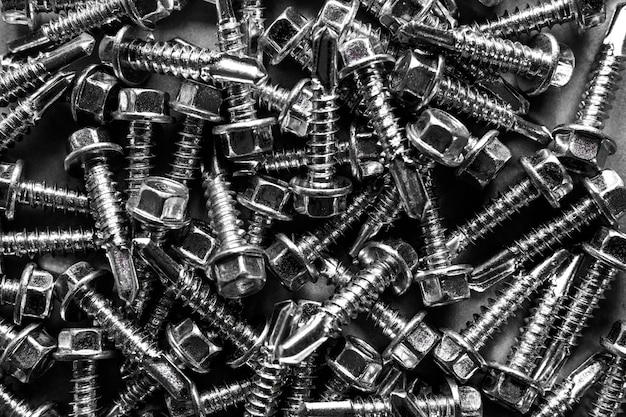
Manufacturing processes play a crucial role in determining the overall cost of bolt production. The choice of manufacturing processes can significantly impact the efficiency, quality, and cost-effectiveness of producing bolts.
Here are some factors related to manufacturing processes that contribute to higher bolt prices:
- Complexity of design: Bolts with intricate designs require specialized equipment and skilled labor, increasing production costs.
- Precision requirements: Tight tolerances and high precision machining increase the time, effort, and resources needed for manufacturing bolts.
- Material waste: Some manufacturing processes generate more material waste than others, leading to increased material costs.
- Energy consumption: Certain manufacturing techniques consume more energy, resulting in higher utility expenses during production.
- Automation level: Highly automated processes tend to have higher initial setup costs but can reduce labor costs in the long run.
These factors highlight how different manufacturing processes can impact the overall cost structure of bolt production.
In addition to these considerations, quality standards and certification expenses also play a significant role in determining bolt prices.
5. Quality Standards and Certification Expenses
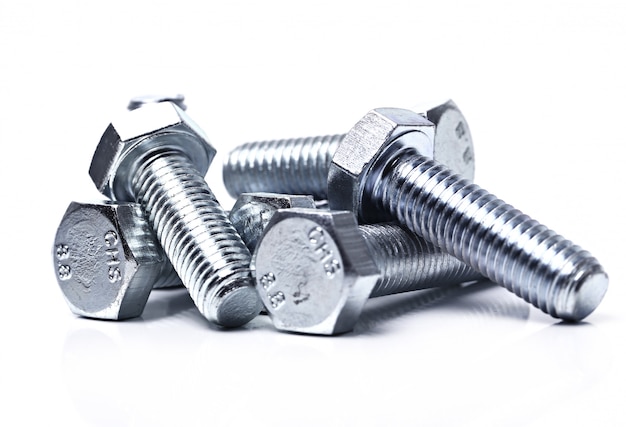
Quality standards and certification expenses are important considerations in determining the overall cost structure of bolt production. Ensuring that bolts meet specific quality standards is crucial for their performance and reliability. However, implementing and maintaining these standards can result in additional expenses for manufacturers.
One of the main factors contributing to the higher cost of bolts is the need to adhere to quality standards such as ISO 9001 or ASTM specifications. These standards require rigorous testing and inspection procedures to ensure that bolts meet certain criteria regarding dimensions, mechanical properties, and performance characteristics.
In addition to meeting quality standards, obtaining certifications from independent organizations further adds to the expenses associated with bolt production. Certifications act as proof that a manufacturer has implemented effective quality management systems and complies with industry-specific requirements. This verification process involves audits, documentation reviews, and ongoing monitoring, all of which incur costs.
To illustrate this point visually:
| Quality Standards | Certification Expenses |
|---|---|
| Adherence to ISO 9001 | Obtaining ASTM Certifications |
| Compliance with ASTM Specifications | Audits by Independent Organizations |
| Rigorous Testing Procedures | Ongoing Monitoring |
These quality standards and certification expenses contribute significantly to the overall cost structure of bolt production.
Transitioning into the subsequent section on distribution and transportation costs, it is important to note that once bolts are manufactured, they must be transported efficiently to reach their intended destinations without compromising their quality or incurring additional expenses.
6. Distribution and Transportation Costs
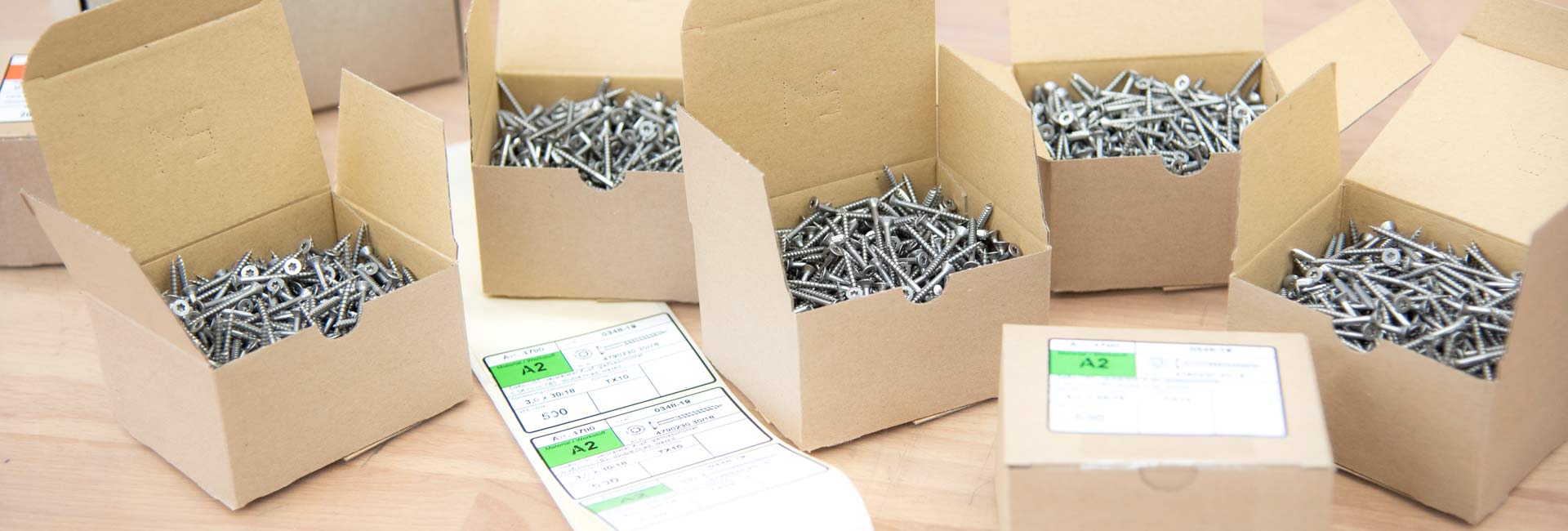
Distribution and transportation costs play a significant role in the overall cost structure of bolt production. These costs involve the efficient movement of products to their intended destinations while maintaining quality standards and minimizing additional expenses.
These costs can be influenced by various factors:
- Distance: The farther the destination is from the production facility, the higher the distribution costs will be. This is because longer distances often require multiple modes of transportation or specialized shipping methods.
- Mode of Transportation: Different modes of transportation have varying costs associated with them. For example, air freight may be faster but more expensive compared to sea or land transport.
- Packaging Requirements: Bolts need to be packaged securely to prevent damage during transit. Additional packaging materials and processes can increase distribution costs.
- Market Demand: High demand for bolts in certain regions may result in increased shipping costs due to limited availability of carriers or higher competition for shipping services.
- Fuel Prices: Fluctuations in fuel prices directly impact transportation costs. Higher fuel prices can lead to increased distribution expenses.
Efficient management and optimization of these factors are essential for controlling distribution and transportation costs in bolt production processes. By implementing effective logistics strategies and leveraging economies of scale, manufacturers can minimize these expenses while ensuring timely delivery and customer satisfaction.
Mikehardware- your trusted fastener bolts supplier
In conclusion, it is evident that bolt prices are not solely determined by whimsical forces but rather complex economic factors. The interplay between market demand and supply, raw material costs, manufacturing processes, quality standards, and distribution expenses all contribute to the overall price of bolts. It is intriguing how such seemingly insignificant objects can hold such intricate pricing structures. So next time you find yourself contemplating why bolts cost what they do, remember that beneath their unassuming appearance lies a fascinating world of economic intricacies waiting to be explored!
